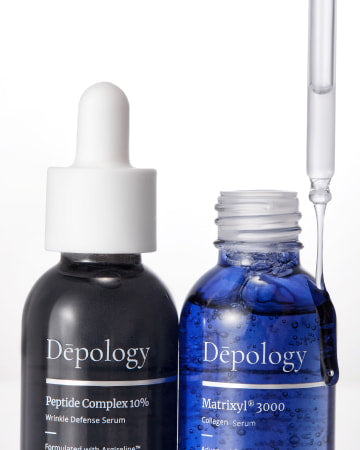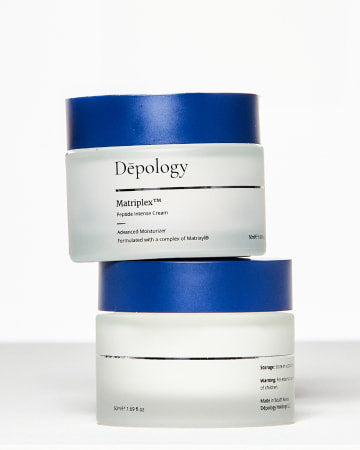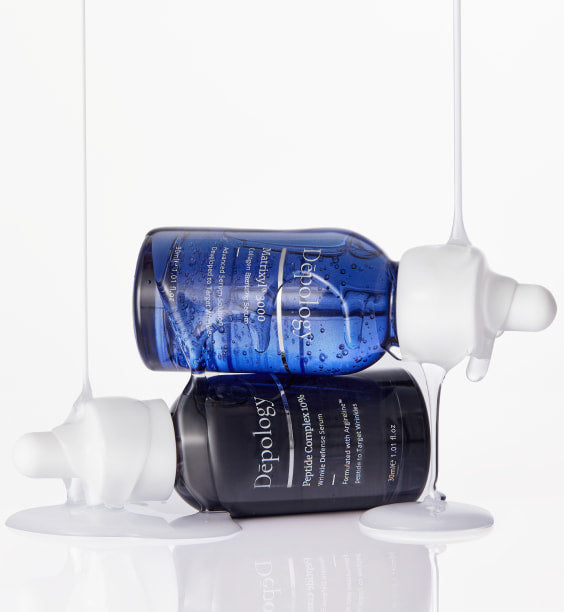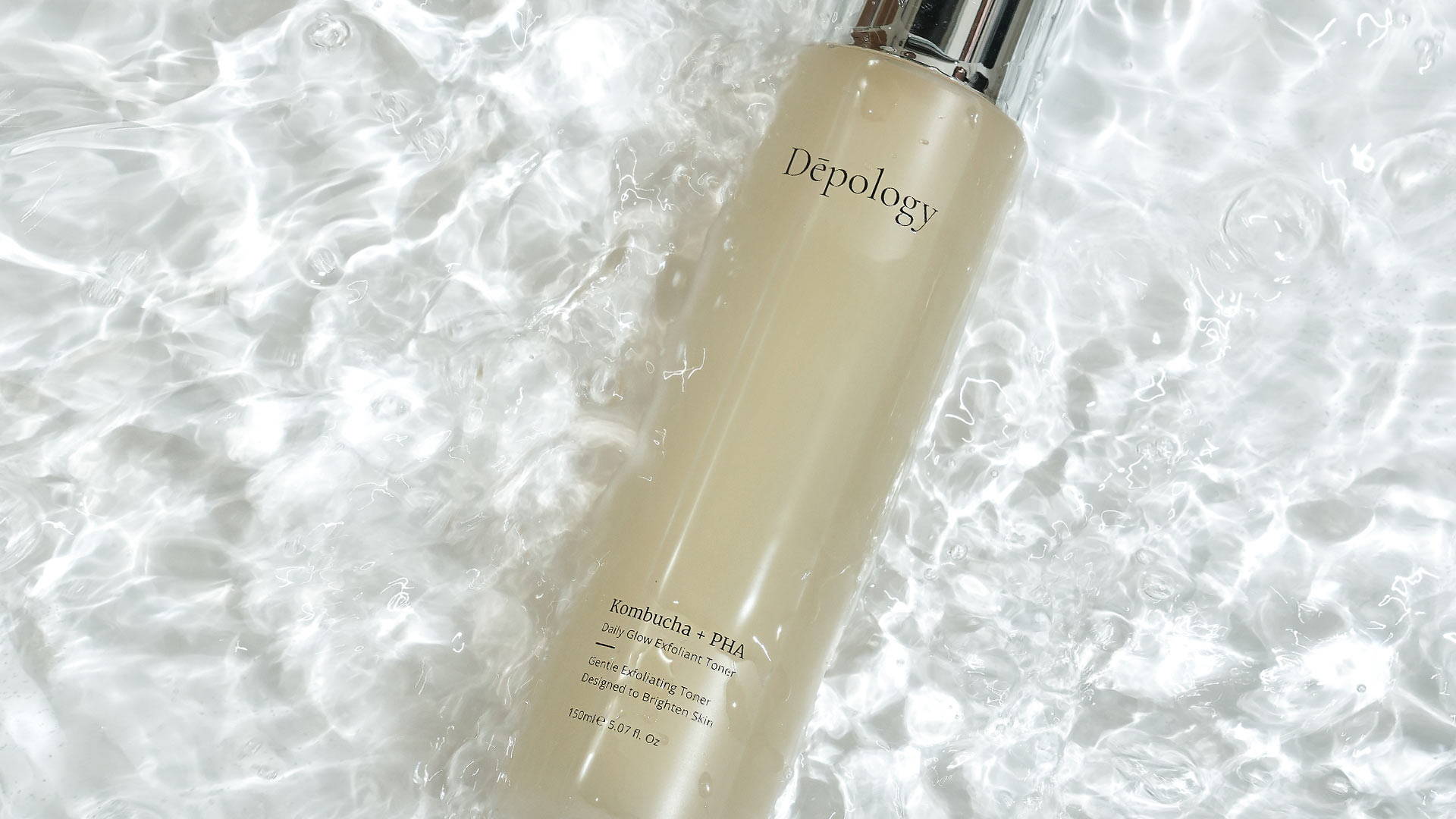
Is Malic Acid Bad For Your Skin?
No one wants to feel the burn— unless we're talking about the gym. Malic acid's name might sound intimidating, but it is becoming increasingly popular as a skincare ingredient. However, you still might be wondering, is it really safe? We'll take a closer look at the potential benefits and drawbacks of malic acid for the skin and answer the question: Is malic acid for the skin bad for you? We'll also share our top tips on how to best use this ingredient in your skincare routine for maximum results. So keep reading and get ready to learn more about malic acid for the skin!
What Is Malic Acid For The Skin?
Malic acid is a naturally occurring ingredient in fruits like apples, pears, and cherries. It actually contributes to the sour taste of some fruits! It is now commonly found in skincare products like cleansers, toners, and serums.
Malic acid is a type of alpha hydroxy acid (AHA), a category of chemical exfoliants that break down dead skin cells to reveal fresh skin underneath. Malic acid is much gentler than other AHAs like glycolic or lactic acid. This makes it less effective than more potent acids since it doesn't penetrate as deeply, but in return, it is better for more sensitive skin types.
As an AHA, malic acid works to dissolve away the bonds between dead cells on the surface of the skin, allowing them to be easily removed. This exfoliation process helps to reduce the appearance of dullness and uneven texture, and it also helps to encourage the formation of new healthy skin cells for an overall more flawless complexion.
Read More: Different Types of Acids For Your Skin
Key Benefits: What Does Malic Acid Do For The Face?
Malic acid is widely used in skincare products due to its many benefits. Here are a few of the main reasons why many skincare enthusiasts choose to include malic acid in their skincare routine:
- Smoothing: As an AHA, it can help to speed up skin cell turnover as it gently exfoliates the skin, removing dead cells and revealing the silky-smooth skin underneath.
- Even Skin Tone: Since it speeds up skin cell turnover, malic acid also helps to reduce the appearance of dark spots and other forms of hyperpigmentation for a more even complexion.
- Balances pH Levels: Malic acid is often included in skincare and cosmetics products due to its ability to balance pH levels.
- Reduce Acne: Malic acid can also effectively balance out oil production to help reduce breakouts.
- Shrink Pores: Malic acid is also known for its ability to help reduce the appearance of enlarged pores and improve skin texture overall.
- Hydrating: Malic acid acts as a humectant, locking in moisture from the inside out for increased hydration.
- Anti-Aging: Furthermore, malic acid can help thicken the skin and increase collagen levels at higher concentrations, reducing the appearance of fine lines and wrinkles and resulting in firmer and more youthful-looking skin.
What Are The Side Effects Of Malic Acid For The Skin?
As with any skincare ingredient, there are some potential side effects to using malic acid for the skin. The most common side effect is skin irritation, which includes redness, itching, and even a temporary burning sensation. Since malic acid is less potent than other AHAs, it is less likely to irritate the skin and can be used more often. If you have sensitive skin, it is best to patch-test the formula to ensure it works for you. You can also start slow and gradually build up use over time as your skin adjusts.
Malic acid can also cause increased sensitivity to the sun. Therefore, it is important to always wear sunscreen (at least SPF 30) when going outside and avoid exposure to direct sunlight while using malic acid on your skin. Finally, it is important to be aware that malic acid can also lead to dryness if it is not used correctly and/or in moderation. The most important thing is to pay close attention to how your skin reacts when using malic acid and adjust accordingly.
Is Malic Acid For The Skin Bad For You?
In short, malic acid is not necessarily "bad" for the skin. As long as it is used in moderation and in formulas designed to be gentle, most people should not have any issues when using malic acid for their skin. In fact, many people find that including malic acid in their skincare routine can help to improve the appearance of their skin. That being said, everyone's skin is different, and if you have sensitive skin, you should take extra precautions like those mentioned above. Ultimately, it is always best to do your own research and experiment to see what works for your skin.
FAQ
Is Malic Acid Good For Acne?
Research suggests that malic acid is indeed beneficial for acne. Malic acid helps to balance out oil production, which can help to reduce the appearance of breakouts and help keep skin clear of excess sebum. It also helps to gently exfoliate dead skin cells and buildup from the surface of the skin, which can help reduce clogged pores and the development of blackheads. Additionally, malic acid is known to help reduce redness associated with acne, improving the complexion. When used regularly in the right formulation, malic acid can be a great tool to help keep your acne at bay.
Malic Acid vs. Citric Acid
Despite having similar names, malic and citric acid are two very different ingredients. Both of these acids are AHAs used in skincare, but there are a few key differences that separate malic from citric acid. When it comes to skincare, malic acid is used as a gentle exfoliant, while citric acid is a purifier and preservative that helps to keep other ingredients in their optimal state. Ultimately, both malic and citric acid offer great benefits for the skin— it just depends on which results you're aiming for.
The Final Verdict
Malic acid is a powerful ingredient that can offer many incredible benefits to your skincare routine. By now, you should have a better understanding of how malic acid can help improve the appearance of your complexion and its potential drawbacks. As always, be cautious when introducing any new ingredient into your routine and adapt the frequency and potency of your products according to what is best for your skin. Remember to apply sunscreen and limit exposure to the sun to preserve the results of your routine. We hope we've answered all your questions about malic acid and that you now feel more confident incorporating it into your skincare routine.













